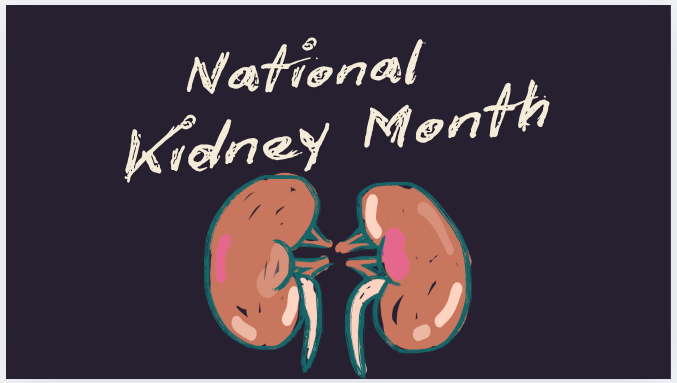Imagine that you have a life-long disease, where you have to take shots of insulin four times a day for the rest of your life. Can you? I know I can. I’m living it. The purpose of this article, like the title says, is to bring awareness to a chronic illness called diabetes. I’m sure most of you have heard about it, but do you know what types there are, how costly it is, and why you should care? Let’s begin.
Stereotypically speaking, diabetics are overweight, can’t eat sugary things, and can be cured by eating cinnamon (they also pronounce diabetes like die-uh-bet-us). In reality, we inject our own shots at least four times a day, can eat sugary things, and there is no cure. The difference is that Type 1 is either hereditary or random, and Type 2 is caused by your pancreas failing on you. To manage Type 2, all you need is a good diet and exercise. However, Type 1 diabetes is harder to manage. The third type that doesn’t get mentioned as much is atypical. There are many forms of being atypical, but I’m not as educated on that topic as I would like to be, so I won’t go into it. A quick review; Type 1 is not curable and is either genetic or random, Type 2 is also not curable, but easier to control and caused by weight gain, lack of exercise, etc. This is a very quick summary of what the disease is, but if you’d like to learn more, just ask Google. I’ve added a few citations that can help you find some websites at the bottom of this article, including things about being an atypical diabetic. You can also look on Pinterest to see what you should and shouldn’t say to a diabetic. (Trust me, you’ll want to do that.)
Back in the ancient days (1921), a man by the name of Frederick G. Banting discovered insulin. Through a rough process of trial and error, the scientists working on those developments were eventually able to properly inject insulin without anyone dying. Before it was discovered, Type 1 Diabetics, specifically, weren’t expected to live more than a year or two after diagnosis. Dr. Banting then infamously sold his insulin patent to the University of Toronto at the mere price of one dollar. According to the Canadian Medical Hall of Fame, Dr. Banting said “Insulin does not belong to me, it belongs to the world.” Insulin injections were made to save diabetics, and now at the insane price of $540 an insulin vial (lasts less than a month), greedy insulin producers are literally saying, “Hey, we know that this is your lifeline, but money is more important to us than you living.” People who don’t have access to insulin may be forced to eat less, which causes their blood sugar to heighten or lower to dangerous levels. This leads to malnutrition and diabetic ketoacidosis (it’s a big word, but let’s just say it means ‘really sick’). Both of those things combined lead to death. My conclusion; high prices are literally killing people. And has anything been changing? No. In fact, prices are only going higher and higher.
And that’s why you should care. One in ten Americans have diabetes; that means (statistically) a thousand people in Stevens County have some form of diabetes, whether it be Type 1, Type 2, or atypical. This excludes prediabetes. 95% of diabetics are Type 2, and 5% are Type 1. My point is everyone in Stevens County should know at least one diabetic by now. And if you don’t, now you do (me!).
Speaking from personal experience, some diabetics get made fun of constantly because of how funny the name is. Because of all the humor included about diabetes in movies and shows, very few people take it seriously. My goal was to show you that diabetes is a serious, life-long, and difficult disease: people die from it every day. And to Type 1 Diabetics out there who think they’re battling this disease alone, know that you’re a survivor who can take on the world.
It took seven months for me to get diagnosed with diabetes, and if you’re wondering what the symptoms are, here are a few: thirsty, hungry, fatigue, blurry vision, weight loss (Type 1), frequent urination, headaches, cuts or bruises that are slow to heal, tingling, pain, or numbness of the feet (Type 2). It’s important to be diagnosed early on; otherwise, you could go into a coma. If you’re at risk, make sure to do this symptom-evaluation every few months to make sure you’re in the clear.
If you’d like to support diabetics with their on-going fight against insulin prices, November is National Diabetes Month. I’d love for you to wear blue to support me and other diabetics you know! It would mean a lot to have your help. (I’d love to see a cure for diabetes one day.)
Works Cited
“Atypical Diabetes Program.” Atypical Diabetes Program | Michigan Medicine
William C. Shiel Jr., MD. “Definition of Diabetes Mellitus.” MedicineNet, MedicineNet, 26 Jan. 2017
“Type 1 Overview.” Type 1 Diabetes – Symptoms, Causes, Treatment









